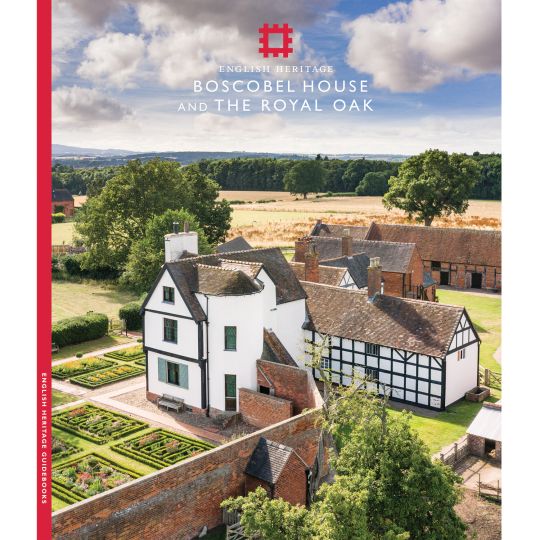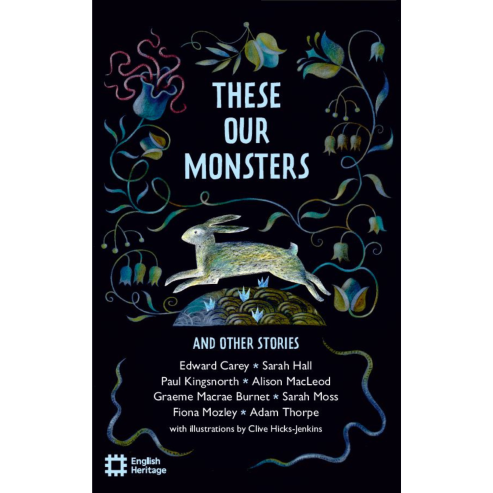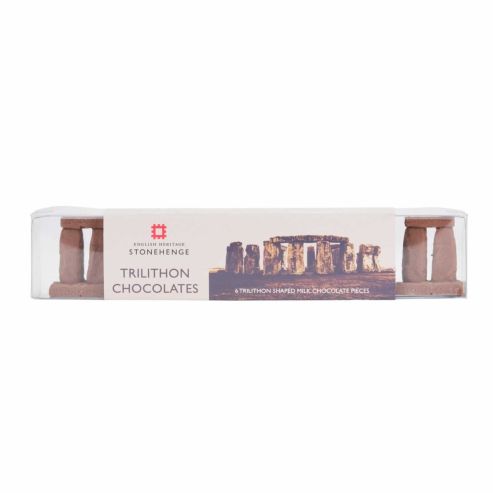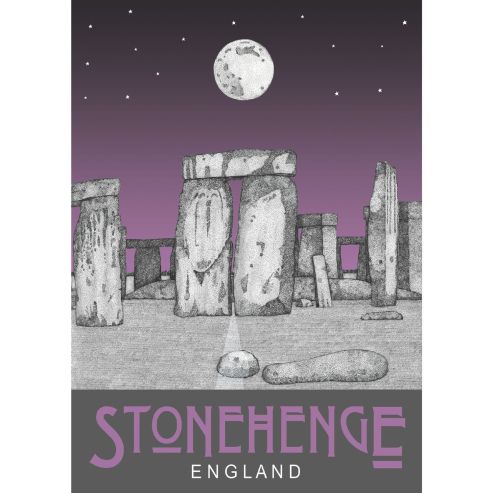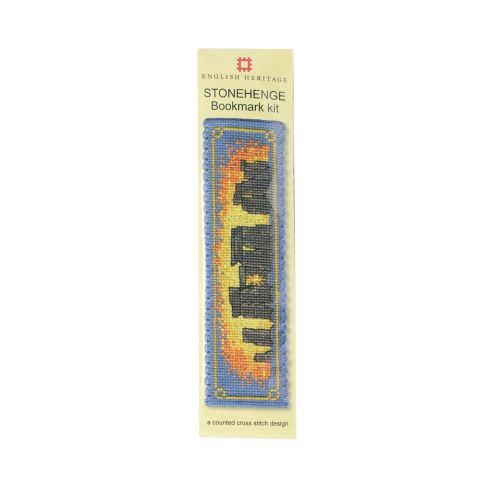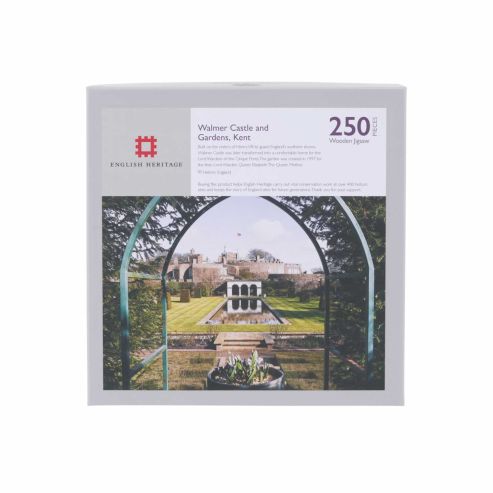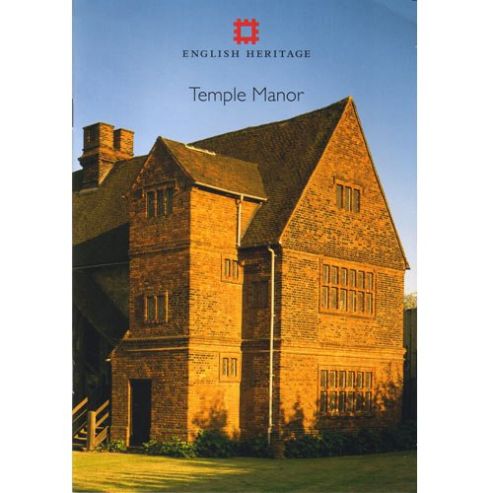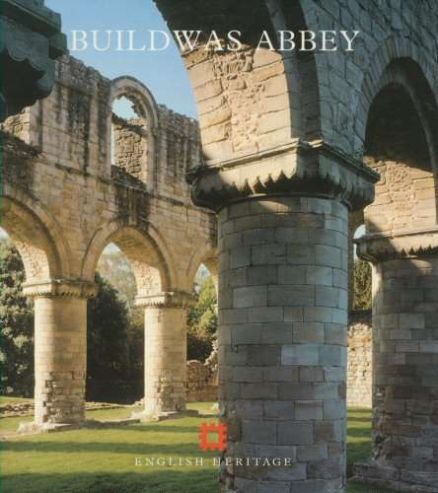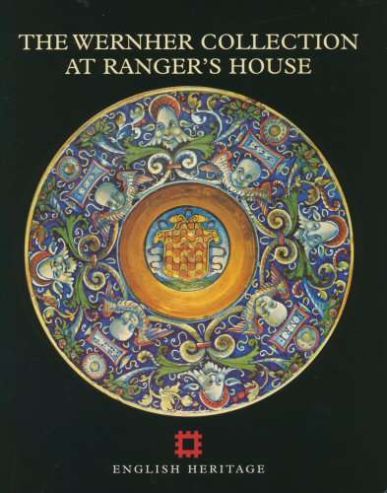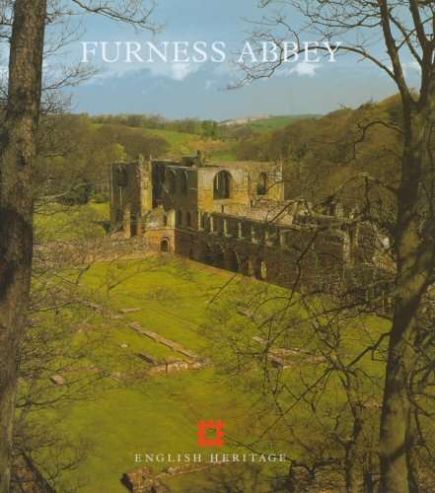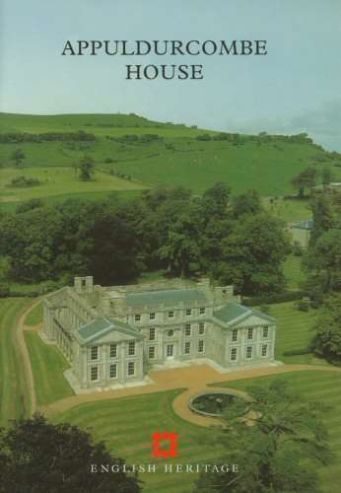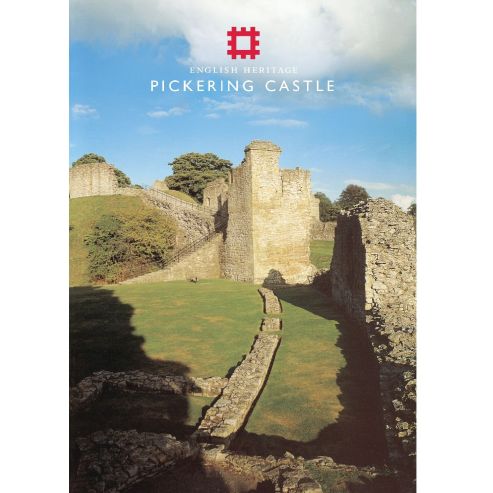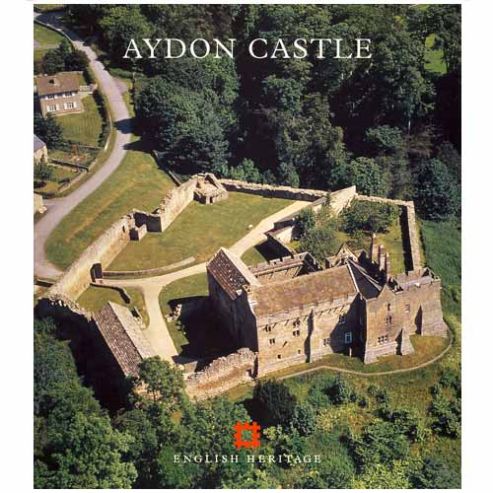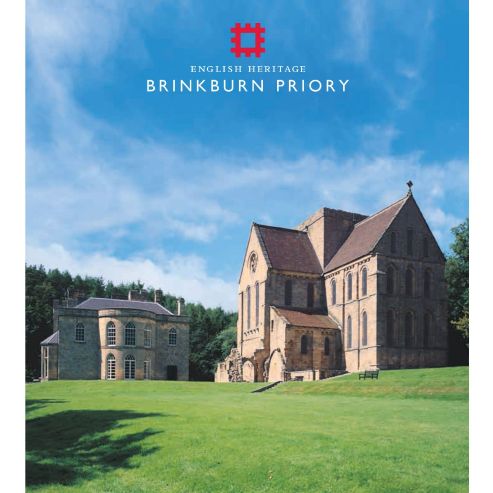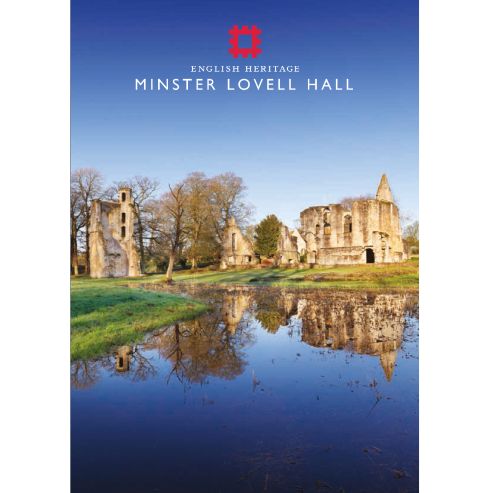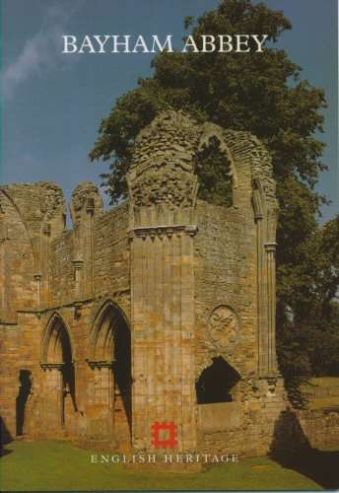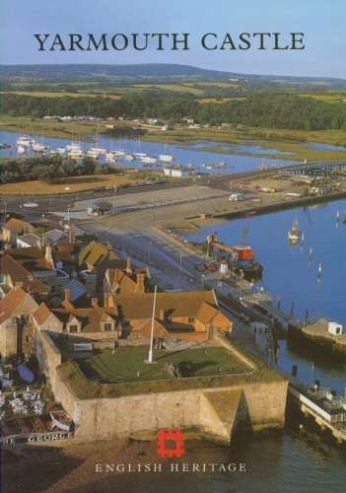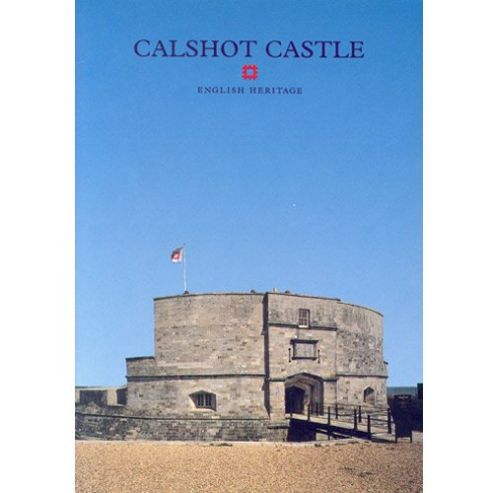Boscobel House played a pivotal role in English history, as the hiding place of the future King Charles II (r.1660–85). Fleeing after his defeat at the Battle of Worcester in 1651, Charles was taken in secret first to White Ladies, a former priory nearby, and then to Boscobel. This fine 17th-century timber-framed lodge had been built by a local landowner, John Giffard. Giffard was a Catholic and his new house, then hidden in dense woodland, was well suited to hiding Catholics seeking refuge from religious persecution. During his dramatic escape, Charles also hid in an oak tree at Boscobel with his officer, William Careless; a descendant of that tree still stands near the house.
The story of Boscobel and the Royal Oak became famous immediately after the Restoration in 1660, and it has brought visitors to the house ever since. In the 19th century a Derbyshire industrialist, Walter Evans, bought the house, and rebuilt the farmyard on the site in line with new ideas of agricultural efficiency. The Evans family, fascinated by the story of Charles’s visit two centuries previously, also refurbished the house’s interior in an antiquarian style.
A recent major development project undertaken by English Heritage has been inspired not only by Boscobel’s place in history in sheltering the young prince – with, for example, the replanting of the original oak woodland – but also by its role in the 19th century as a thriving farm, now brought back to life. This new edition of the guidebook presents a full tour and history of Boscobel, with additions reflecting the latest research on the history of the house and farm. With spectacular new photography of the site, and updated reconstructions and plans, the guide tells the remarkable story of Boscobel House and The Royal Oak over nearly 400 years.
Key Features:
- Paperback
- Published in 2021
| MPN | 9781910907443 |
|---|---|
| ISBN | 978 1 910907 44 3 |
| GTIN | 9781910907443 |
| Size | 190 x 220mm |
| Return period | 30 days |

